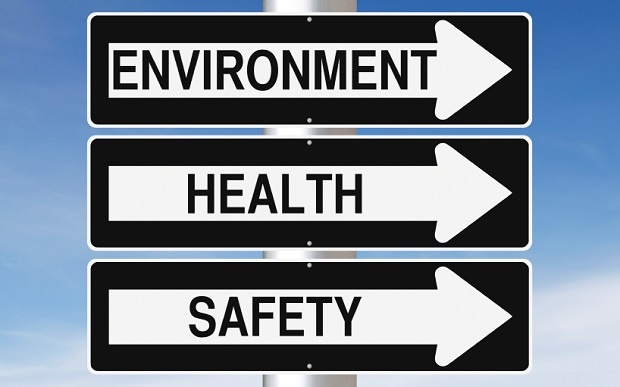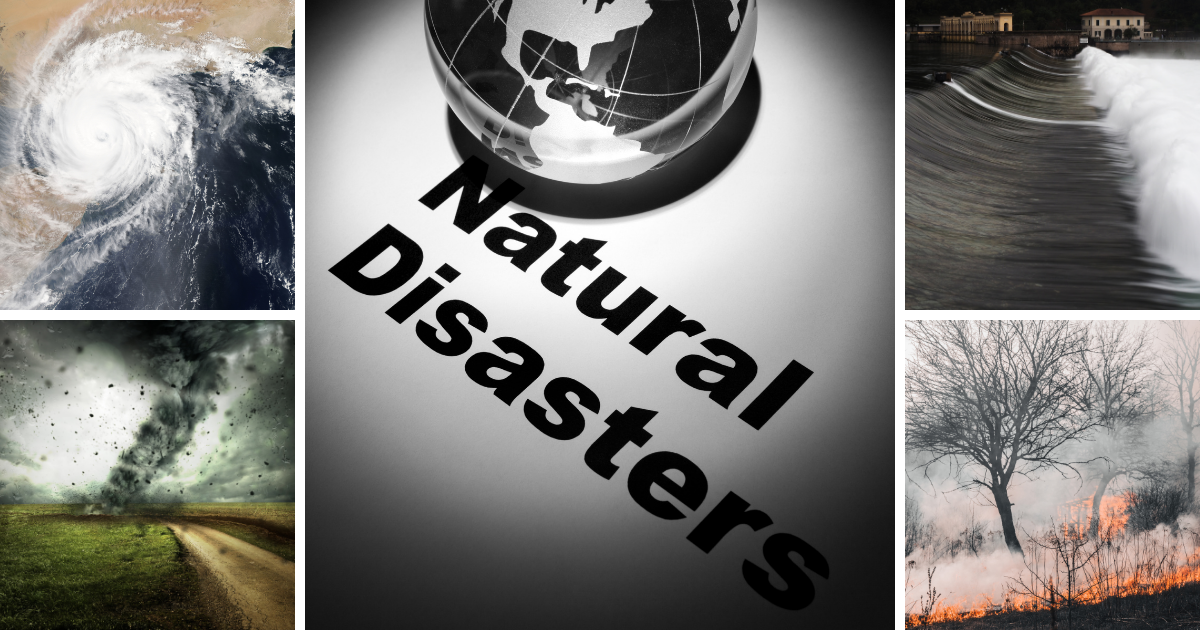Evolution of Corporate Safety Planning: Where Are We Now?

A few short decades ago, safety planning was not considered a priority for the vast majority of corporations. Instead, most incidents and emergencies were handled as they occurred, as effectively as possible given the limited technology resources available at the time.
Today, workplace health & safety departments have evolved into something else entirely. Now it is a must-have element of any corporation in order to maximize occupational health and safety.
To fully understand the importance of corporate safety planning—and to glimpse how much it has changed our modern work environment—you only need to take a quick look at how far it’s come. Let’s take a look at how workplace safety programs have evolved, as well as what worked—and what didn’t:
The Origins of Corporate Safety Planning
Prior to the 1970s, corporate safety programs didn’t exist as they do today. Some corporations took it upon themselves to establish policies and procedures to prevent workplace accidents and protect employees; others simply responded to incidents as they occurred.
In the United States in the early 1970s, an average of 38 workers died every day, and 10 percent experienced a workplace-related injury or illness each year. Due to the rising number of incidents, the idea of occupational safety and health began gaining momentum. The Occupational Safety and Health Administration (OSHA) was established in 1971 to set and enforce standards that would improve the safety conditions of the workplace.
In other countries, occupational safety and health became a priority after two serious incidents. First, the Seveso Disaster of 1976, in which an explosion at a chemical plant in Italy released a cloud of dioxin. Thousands of animals died immediately, and many local residents experienced health problems for decades. Then, in 1984, more than half a million people in Bhopal, India, were exposed to toxic gas from a chemical processing plant with poorly-maintained pipes. Within a month, 80,000 people had died.
Following these catastrophes, the world began focusing on environmental health and safety more than ever before. The chemical industry led the charge, establishing a set of fundamentals to help ensure product and plant safety, environmental protection and occupational health.
Meanwhile, OSHA established guidelines for a growing list of industries that would help protect workers and establish a framework for corporate safety planning. Throughout the 1990s, general concepts for environmental health and safety fully took hold, both in the U.S. and throughout many other countries.
What Worked, What Didn’t
This global focus on environmental health and safety gradually improved workplace conditions in most nations. In the U.S., workplace fatalities decreased by about 80 percent between 1913 and 2013, even though the workforce had more than doubled.
However, efforts to improve environmental health and safety have often been limited. The majority of organizations may have adopted safety planning into their standard operations, but it can still be extremely challenging to optimize workplace safety communication. For example, how does a corporate safety director best communicate with his or her team, both during normal operations and in an emergency? How are regulations, instructions, safety procedures and best practices distributed to employees? Over time, how are they updated and enforced? When an accident occurs, how should workers help someone who is injured?
Where We are Now
Across the globe, there is still a lot of progress to be made to make work safer. In the United States, thousands of people still die every year in the workplace.
Communication is vital for effective workplace health and safety. Today, technology allows corporations to create more actionable safety plans than ever before. Most corporate employees now have smartphones, tablets, laptops and other mobile devices, all with powerful apps and features, which can be used as a powerful component of safety planning. Employees with mobile devices can easily call for help if an accident occurs, even if they are out in the field. In addition, they can be contacted during an emergency, whether through a call tree, via text messages or using email.
Corporations with the most effective safety plans aim to stay slightly ahead of technology advancements to continually improve incident management and response. Consumer technology always leads the business world; by leveraging these advanced communications devices, organizations have an opportunity to optimize their corporate safety planning.
Today, mobile apps are helping to improve communication even more. Corporate safety apps enable organizations to digitize their safety plans, providing all users with the most recent safety plan information, check lists, forms, URL links and maps, automatic alerts and more.
These new apps offer two-way communication, GPS tracking and audience segmentation, which provides extra flexibility during various types of emergencies. They even work without cell service or access to your local intranet or the internet. This ensures that employees can readily communicate in any situation, even when websites are unavailable and emergency notifications aren’t working. You can also update your safety plan at any time, with new contact information, procedures or forms, so it is always ready for a potential crisis situation.
Moving Forward
Corporate safety planning has come a long way over the last several decades. Today, corporations have a greater opportunity and responsibility than ever before to improve safety standards and training, accurately report incidents, and create new processes to avoid future safety incidents—simply by leveraging the technology that every employee has in his or her pocket.
How robust is your organization’s environmental health & safety department? Do you feel you are keeping up with available technology to improve safety? Or, could you use an internal audit of your safety plans, processes, training, and technology?
Are you looking for a way to modernize your corporate safety planning? Our mobile In Case of Crisis app can help with training, communication, incident reporting, and sharing your EHS plans across the organization. Watch the video to see how the mobile app can help your EHS department.










